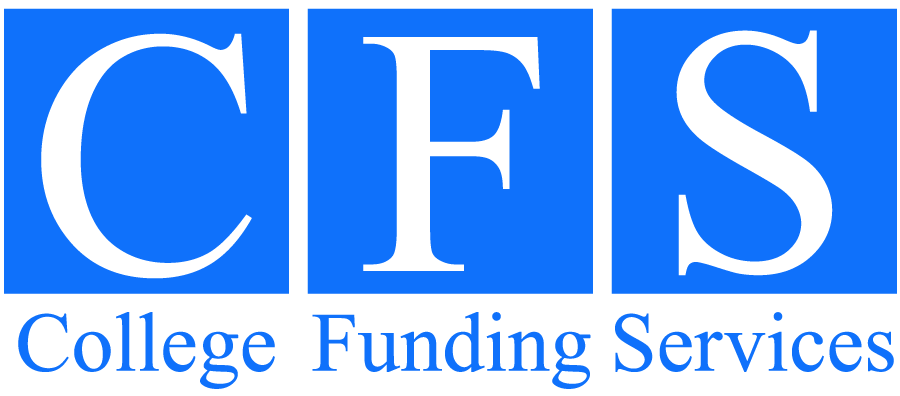The interest rates on federal student loans increased on July 1, 2021.
But there is no reason to panic. Interest rates are still at historic lows, making it possible for more Americans to realize their dreams of a college education.
However, because the cost of borrowing money did go up, you and your student should continue to explore opportunities to reduce the cost of attending college and minimize borrowing.
This blog will give you a quick overview of federal student loan interest rates, the implications of the most recent rate hike, and practical advice on how you and your child can reduce your need to rely on student loans.
Why did the student loan interest rates increase on July 1, and how much?
Interest rates on federal student loans are subject to change every July 1, so the most recent increase came as no surprise.
The rates are based on the high yield of the preceding 10-year Treasury Note auction in May.
Interest rates, of course, move in response to demand for bonds, especially government bonds, which represent government debt. In times of uncertainty, interest rates fall as investors flock to government bonds, perceived as more stable than stocks. As the general economic outlook improves, investors move away from bonds to stocks, prompting an increase in interest rates.
This process explains why interest rates fell in 2020 as the coronavirus pandemic unfolded and investors sought the safety of government bonds. However, since vaccines have become widely available and the economy has started accelerating again in early 2021, investors have shown less risk aversion and shifted their demand to stocks. Interest rates are rising again, including those for federal student loans.
These are the federal student loan interest rates effective July 1, 2021:
- Undergraduate direct loans: 3.73%, up from 2.75%
- Graduate direct loans: 5.28%, up from 4.30%
- Federal Direct PLUS loans: 6.28%, up from 5.30%.
Key take-aways
There are a couple of critical points you should consider:
- The interest rate is set for the life of the loan. If you have existing federal student loans, you are not affected by these increases.
- Despite the roughly 1 point increase, the rates are still considerably lower than a few years ago. For example, for the 2012-13 school year, borrowers paid 6.80% interest on direct unsubsidized loans. If you have one of those older, pricier loans, you may want to consider refinancing them now.
- Prepare a written budget that shows your anticipated income and monthly living expenses. Paying back your student loans will eat up a chunk of your paycheck—how much do you expect you’ll be able to afford? Your regular payments shouldn’t exceed that amount, so limit your student loan debt accordingly.
Why higher interest rates mean you should borrow less
If you plan to take out federal student loans for the 2021-22 school year and beyond, you will pay more money in interest and monthly payments than your peers who borrowed the same amount last year.
Let’s look at a few examples:
Say your student needs to take a $10,000 federal direct loan for their last semester. Over a standard 10-year period, they are looking at $1,996 in interest payments based on a $100 monthly payment. Compared to the previous year’s interest rates, they would pay $547 more in interest over the life of the loan.
Borrowers of more expensive PLUS loans will feel the pinch even worse, as they come with higher interest rates and loan limits. A parent borrowing $15,000 in PLUS loans for a 10-year term at the 2021 rate of 6.28% will have to repay $169 a month and $5,238 in interest, almost $900 more ($881) compared to last year’s interest rates.
The bottom line: You are paying more for the same product. Proceed with caution.
4 tips to limit loans for school
It’s easy to get swept up in a borrowing frenzy, which appears to have become a national pastime. Swim against the current and make choices that will limit your debt burden once you graduate.
Consider these four tips to resist excessive borrowing:
- Choose a less expensive school, so you don’t need to borrow as much. To get a clear picture of costs, check the schools’ Cost of Attendance (COA) pages on their websites before you even apply. Also, call the financial aid offices and ask about scholarship and grant opportunities. The information will give you a starting point. Your in-state public universities or community colleges may be the most affordable option for your first two years.
- Promptly fill out the Free Application for Federal Student Aid (FAFSA), which will allow the colleges of your choice to calculate the amount of loans you are eligible for.
- Appeal the financial aid offer if it makes sense, primarily if the offer is based on your (or your parents’) tax returns prior to the pandemic.
- Leverage offers such as scholarships and grants you may have received from different colleges to negotiate more free money, i.e., the money you don’t have to repay.
Bonus tip: Work with a team you trust. Involve your high school counselors and the college’s financial aid officer, your child’s mentor (if available), and your financial advisor.
If you have not consulted with us yet, please reach out. Whether you are the student or the student’s parent, please accept our free membership offer.
You’ll learn insider secrets from two industry thought leaders and gain access to the #1-rated college planning technology to compare financial aid offers and build a solid financial plan for your future during and after college.



